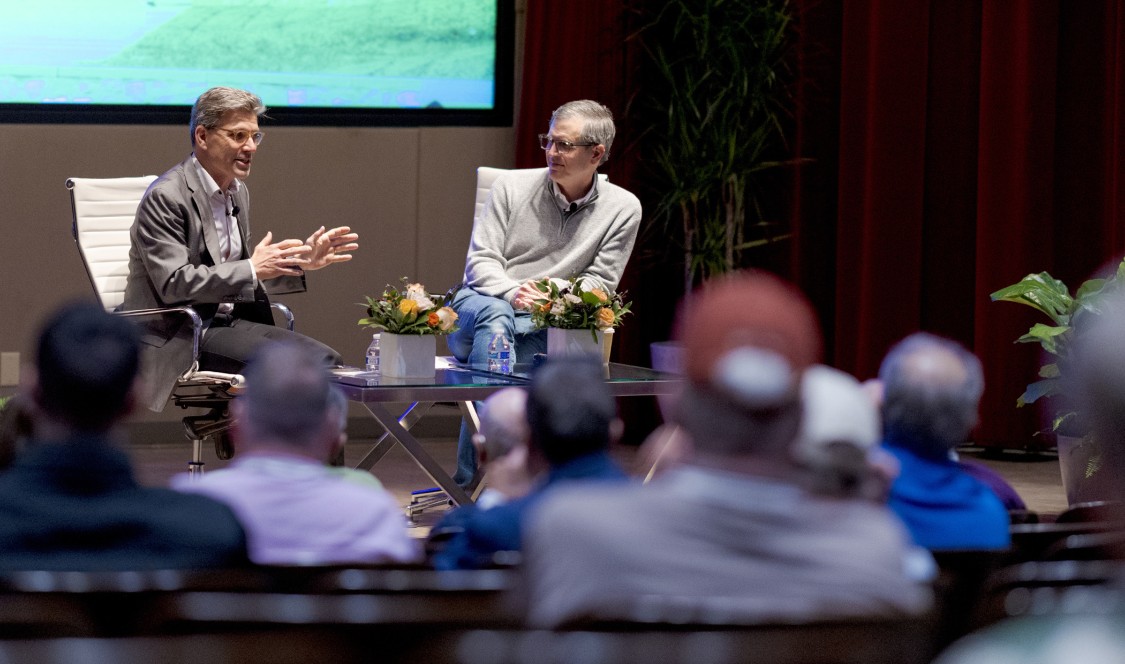To speak freely and listen well.
To make the best from our disagreements.
To find common ground beneath our divisions.
In sum, to strengthen the national practice of our democracy.
Upon its official launch as The Open Academy in 2018, CMC’s foundational commitments to Freedom of Expression, Viewpoint Diversity, and Constructive Dialogue have guided, strengthened, and expanded the College’s mission to develop future generations of responsible leaders in business, government, and the professions. With an eye on continued growth as a national initiative, Heather Ferguson—an associate professor of Ottoman and Middle Eastern history—and Jon Shields—a professor of government who teaches courses on issues such as policing, free speech, and culture wars—were named inaugural faculty co-directors in April 2022. Both professors joined President Hiram Chodosh and David Mgrublian ’82 P’11, Chair of the Board of Trustees, for a conversation about The Open Academy’s construction and evolution as a higher education model of leadership learning, how its successes have been extended to new opportunities across campus, and why CMC students and alumni are best equipped to apply these ideas and solutions to their daily lives.
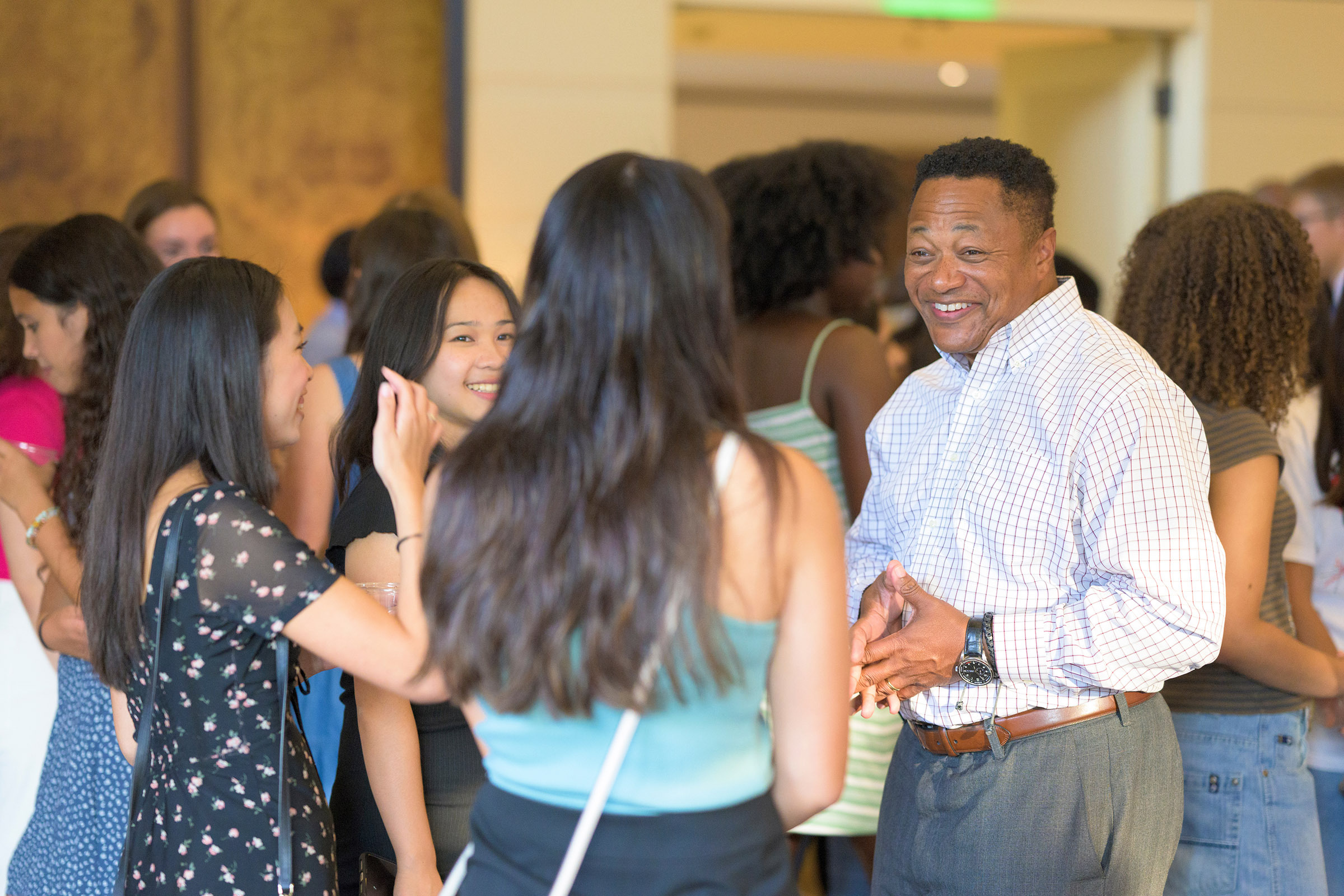
It should be no secret to anyone that we are living in increasingly polarized, divided times—division that can manifest itself everywhere from the national political arena to college campuses to the family dinner table to your personal social media feed. How is CMC equipped to deal with the “forces that pull us apart” that The Open Academy states it is committed to addressing?
Chodosh: The cause and consequence of social, political division in our national community, political polarization and distrust, the amplifications of social media, and other trends are formidable. And yet, at CMC, we are strongly equipped to combat these forces in three powerful ways through The Open Academy. First, to understand and face these forces, not just complain about them; but instead, to provide insight on the underlying changes that appear to be driving our divisions. Second, to create and sustain, through our leading example, an open, resilient academic and social environment that is capable of engaging honestly and thoughtfully in the great controversies of our moment. Third, to collaborate nationally with other colleges, universities, civic institutions, and leaders in business, government, and the professions who are capable of reinforcing core commitments to support free expression, especially when it is in sharp disagreement with our own views; to listen actively to the widest range of diverse viewpoints; and to work through our differences to solve controversial problems through bringing people together in dialogue.
Mgrublian: I think Harvard psychologist Mina Cikara accurately describes the forces at work when she frames our mindset shifts from “you and me” to “us and them.” The former brings us together and the latter pulls us apart. In a higher education context, anything that pulls apart inhibits learning, and in the CMC context, inhibits us from our mission of developing responsible leaders in business, government, and the professions.
Ferguson: The intimacy of a small liberal arts college is a precious resource, one that CMC faculty, students, and staff have fully committed to. Simply by signing up for the CMC experience, every single individual in our community has signaled the willingness to engage with each other in sustained—and often intense—encounters in dorms, classrooms, offices, and at extracurricular events. As a faculty member, I am often awed by the range of voices that shape the classroom experience, and these voices challenge me and students to constantly evolve in our understanding of regional and global events. Trust is an essential component of any effort to foster engagement and collaboration rather than antagonism, and trust is difficult to build without the intimacy of the liberal arts college model.
Shields: I think it also helps that we’re not seeking unity. There isn’t a widespread desire for intellectual conformity on campus, either among faculty or students. So, there isn’t a sense that our disagreements are a problem that should be wished away or remedied. That’s an important starting place. It opens a space for us to learn from and challenge one another. Our faculty do a great job of nurturing those spaces. And as our faculty has grown and diversified, students also take more classes that expose them to a wider range of perspectives and interests. That exposure widens their minds, allowing them to think in new and more heterodox ways.
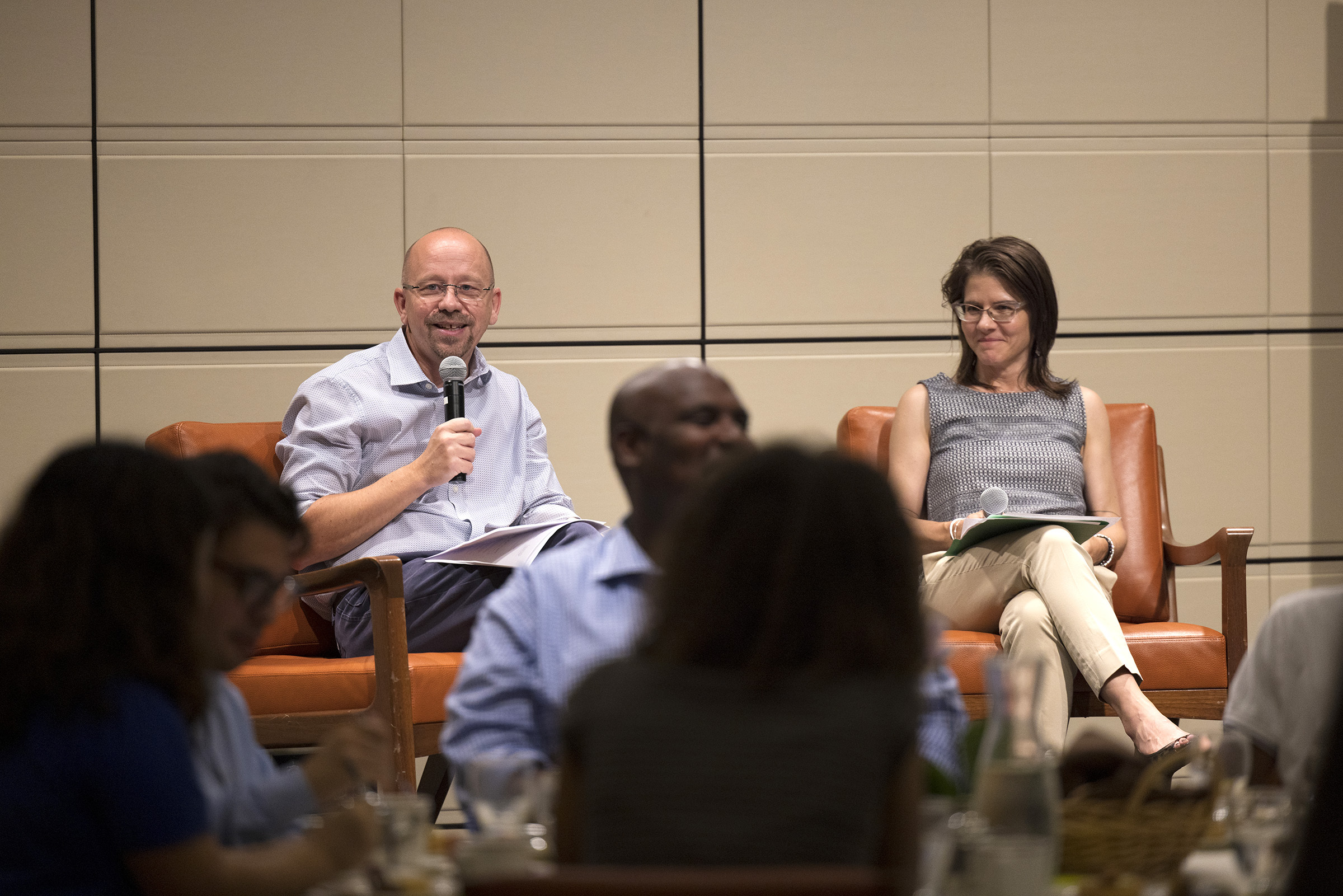
Historically, how have Open Academy commitments been integral to CMC—and why is that important in understanding how today’s liberal arts student is an ideal audience for this kind of curricular, programmatic, and social skill development?
Ferguson: The liberal arts, especially at CMC, urges us all to reengage with wonder, curiosity, and exploration. It jostles us out of our comfort zones, challenges our assumptions, but also provides the tools to shape moral ideals that guide us into the future. The true work of a liberal arts college experience, despite appearances, is not the tests, papers, problem sets, and projects; but rather the willingness to open up to new modes of understanding each other and the world around us.
Shields: The CMC motto “civilization prospers with commerce” was always understood by the most forward-looking College founders to include the commerce of ideas. And from the beginning, the College has also been devoted to educating future leaders who need to be fluent in the controversies and problems that shape our public life. Those commitments had a formative influence on the College and the institutions it built, like the Athenaeum and research institutes.
Chodosh: Through our comprehensive Open Academy programming, we see and reinforce the integrated social and intellectual capabilities and skills to resolve controversial questions as core to such preparation. Capabilities and skills that appear to be increasingly scarce in our society, and yet vital to the sustainability of our nation and the broader civilization. This means taking this commitment seriously in all we do, from the integrated liberal arts learning in our classrooms to the leadership experience in every facet of student life.
Shields: Generally, young people at this age are just beginning to think about the larger world and their place in it. Then the college experience develops those dawning, nascent interests by pulling them out of the cocoon of their homes and neighborhoods and thrusting them into a larger orbit where they encounter a more varied mix of people and ideas. It’s an exciting time of transition.
Mgrublian: Open Academy principles have been part of CMC since its founding and are central to our liberal arts mission. I believe that if we do what we have always done well, our graduates will continue to be leaders of reason and tolerance in an increasingly unreasonable and intolerant world.
Where has The Open Academy made significant impact on the CMC campus community? Where do these core commitments tend to become most visible or tangible as learning opportunities?
Mgrublian: I think The Open Academy’s impact can be seen in our classrooms, at the Athenaeum, and in our campus life. Though there is always room for improvement, I believe the College is far ahead of other higher ed institutions in living Open Academy commitments to freedom of expression, viewpoint diversity, and constructive dialogue.
Chodosh: Beneath all of the rich programming, from the Ath to our dialogue training, from the CARE Center to Model UN, the most important impact has been the internalization of Open Academy values in conversations about college life. The strongest evidence is found in criticisms of the College. Are we open and listening to those who disagree with us most sharply? Are we committed to the joint communication that leads to constructive dialogue? So, it’s not just what we do with programming, evidence of impact is in how these commitments shape how we hold ourselves accountable to these values.
Shields: The Open Academy isn’t a top-down initiative, either. It should be shaped and informed by a broad group of faculty and students. One of our challenges is to develop new programs that have a noticeable, positive impact on the climate of inquiry on campus. That’s a lot more challenging than just bringing in a handful of contrarian thinkers each year who stir the pot up.
Ferguson: We should always return to the potential opportunities inherent in a small college setting—we have the ability to reach out to extant networks and build new pathways for communication and dialogue with ease, as we know, live, and work with each other on a daily basis. As I mentioned before, trust is key. Without trust, a small community can fragment, especially in a national and global context in which speaking up—the willingness to be vulnerable—is truly a fraught exercise. It can be terrifying to fully step into a classroom discussion if a student knows that the thoughts shared there may define experiences in the cafeteria, the dorm, and at the next social event. Social media, as we all know, has heightened the risks involved in both building and sustaining an environment of free expression and openness to diversity for both students and faculty. Further, while difference can be illuminating, it can also stagnate into division—divisions defined by economic status, gender, racial, and ethnic identities, or ideology.
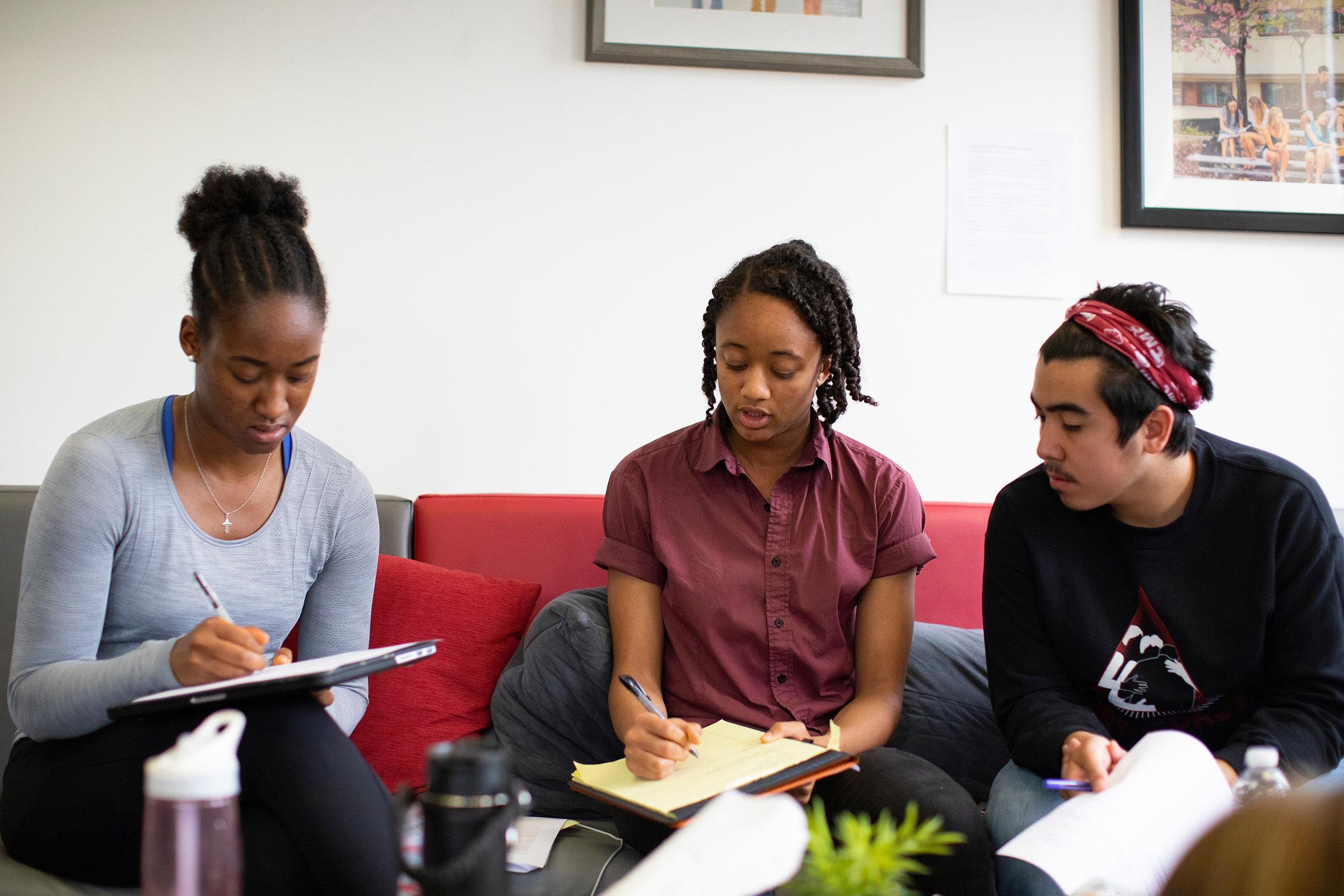
How has (or can) Open Academy impact be extended further into the world—especially for students who are practicing and trying to master these skills and capabilities? What are the lessons that prove most valuable and accessible to everyone? The greatest challenges?
Chodosh: Our biggest impact is through our students and their impact on the world, in life, work, and their communities and through our faculty through their research and along with staff, all of our impact on our students. When they enter the world with Open Academy commitments, it makes an immediate impact on every situation they encounter, every person they work and live with.
Ferguson: CMC students are always out and about in the world, via summer internships, off-campus study programs in the U.S. or abroad, civic engagement programs, and in our excellent Inside-Out program. If our Open Academy goal is to embed humility and the ability to be open to difference, the willingness to pause and listen with compassion rather than reacting with antagonism, then that ethic of engagement will also inform student actions in all their activities both during their academic career and in their future professional positions. We need to model an alternative to polarization as a system-wide commitment which can then shape individual choices.
Mgrublian: Perhaps that could be done by “exporting” The Open Academy to other educational institutions. I believe most students are looking for an Open Academy environment, so adopting and living these commitments is in the best interest of these educational institutions. But more importantly, it is key for our nation and the world to adopt Open Academy commitments to counter the divisiveness that is prevalent today.
Chodosh: Our greatest challenge may be that in our society, our fundamental commitment to persuade, to solve problems effectively, appears to have weakened. For a number of reasons that are difficult to isolate, so many seem more interested in conclusions in search of evidence, signals over rationales, antagonistic statements over understanding. These powerful forces appear to be increasingly embedded in the structural incentives of our politics, our media, our culture. Turning this around will take leadership and a concerted effort. This set of challenges will frustrate our objectives. And yet, at the same time, this is what makes The Open Academy so important.
Do each of you have a favorite moment or value of The Open Academy and its commitments in action that carries personal or special professional significance?
Mgrublian: The Ath will always be my favorite aspect of The Open Academy in action. The ability to have diverse—even controversial—viewpoints expressed and then discussed in a constructive and very public manner is a core CMC value.
Shields: I organized an event on the future of Roe v. Wade last spring that brought together a really eclectic mix of students. They engaged with two feminist thinkers who shared a lot of common ground, but disagreed about Roe—one was pro-life, the other pro-choice. On the one hand, the conversation was civil and thoughtful; but on the other, it was also spirited and free flowing. It was followed by a dinner where the speakers sat at different tables. The students, to their credit, didn’t simply cluster around the speaker they most agreed with. Instead, they swapped tables about halfway through the dinner.
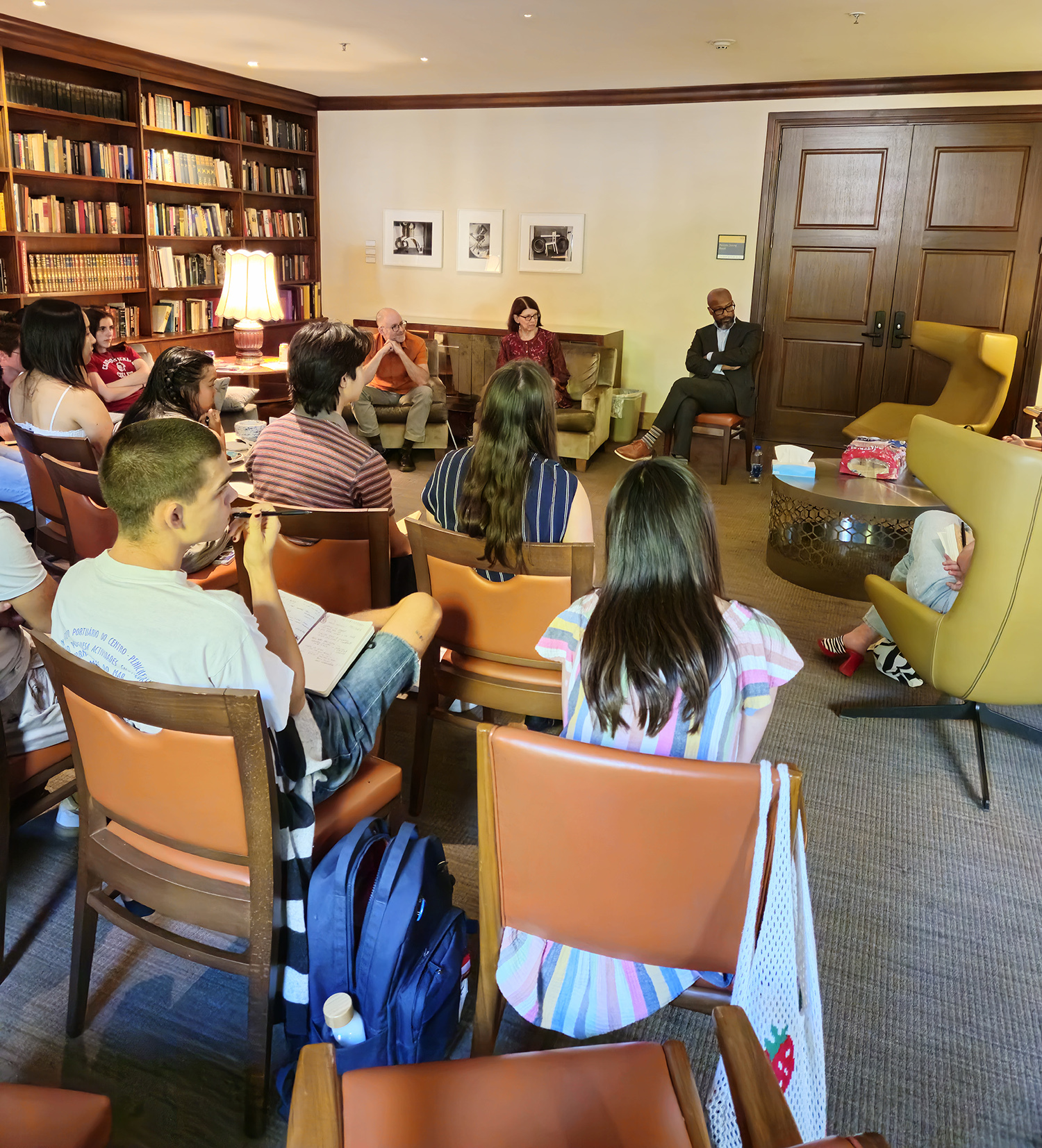
Ferguson: I am surrounded by faculty colleagues invested in pedagogical practices that enable deep and critical engagement with potentially volatile topics. We value open intellectual inquiry and the ability to evolve in our methods and frameworks for understanding the past and the present. Consequently, we are also aware of the challenges we face both in our classrooms and in our institution and are willing to speak up and take action. Knowledge without action leads to its own form of myopia and stagnation and can shore up privileged statuses rather than lead to inclusive, equitable, and just systems. I value these combined qualities: education open to diversity that does not reinforce division; willingness to adapt and change as new possibilities and challenges emerge; and the courage to speak up and take action when necessary.
Chodosh: A few years ago, Nyree Gray (Vice President for Human Relations and Chief Diversity Officer) and I did a dialogue workshop for our student leaders. We designed a problem for them to resolve, based both on a Supreme Court case from the early 70s and a controversy we had on our own campus. With little more than a half hour of explanation and exercises, the student groups were each able to work through the problem on their own, coming to a sustainable solution for all involved, without any need for administrative, top-down intervention. This demonstrated the pre-existing skills of our students and the effective power of even modest training experiences on their superior leadership capabilities.
As I reflect on the broader significance of The Open Academy at CMC, it drives from our focus on the most significant challenges facing higher education and how to surmount them in service to society and the world beyond. The challenge of social and political division and polarization; the chilling impact on free expression; minds increasingly closed to those who differ; the inability to talk through controversies—these all threaten learning, civic learning, and learning to participate constructively in our democracy, in our economy, and in our communities. That’s what I value most, putting us at the basecamp of that important climb, and I could not be prouder of the faculty, students, staff, Board, alumni, parents, and friends of the College in taking on these formidable challenges.
This edited roundtable originally appeared in the Fall 2022 CMC Magazine.

